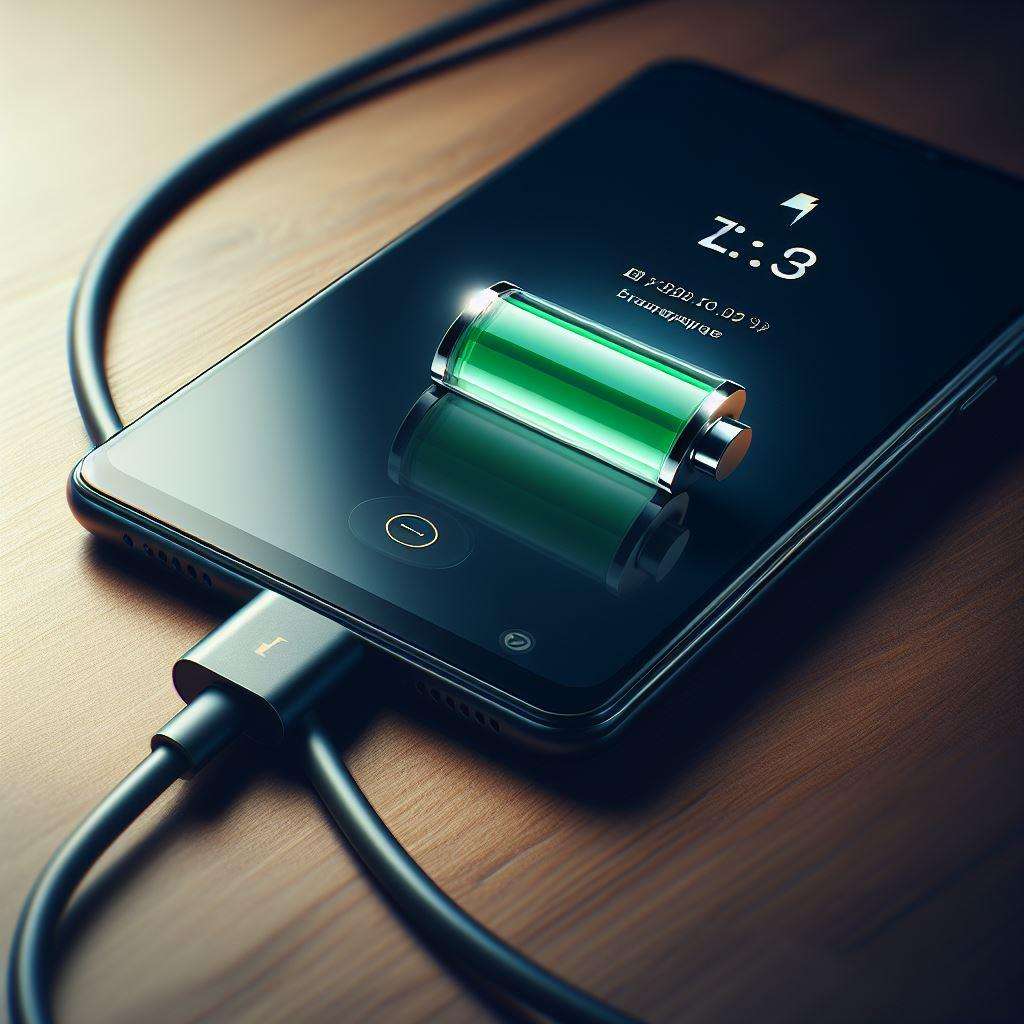In today’s digital age, staying connected is essential, but so is staying safe from cyber threats. One such threat that has been making headlines is the juice jacking scam. But what exactly is juice jacking, and how can you protect yourself from falling victim to this scam? Let’s dive into the details and explore some practical tips to safeguard your devices.

Understanding Juice Jacking Scam
Juice jacking is a type of cyberattack where cybercriminals leverage public charging stations or compromised USB ports to install malware or steal data from smartphones, tablets, or other electronic devices while they are being charged. When unsuspecting users connect their devices to these compromised charging points, they unknowingly grant hackers access to their data, making them vulnerable to privacy breaches and financial theft.
What Can Be Stolen?
The ramifications of falling prey to a juice jacking scam can be severe. Here are some of the types of information that can be stolen:
- Personal Information: Such as login credentials , Contact details, , messages, photos, or other sensitive data that stored on your device.
- Malware Installation: The injected malware could spy on your activity, steal financial information, or even cause damage to your device.
Tips to Stay Safe from Juice Jacking
To protect yourself from falling victim to juice jacking, consider implementing the following safety measures:
- Avoid Public USB Ports: Whenever possible, opt for using a regular wall outlet with your own power adapter to charge your device. This eliminates the risk of data transfer or malware injection altogether.
- Carry a Power Bank: Investing in a portable power bank that you can keep charged in advance can be a lifesaver. By relying on your power bank, you can steer clear of public charging stations and mitigate the risk of juice jacking.
- Use a Charging-Only Cable: Some companies offer specialized USB cables that only permit charging and block data transfer. While not foolproof, using such a cable adds an extra layer of protection against potential cyber threats.
- Charge in Trusted Locations: If you must resort to using a public USB port, ensure that you do so in well-lit, populated areas with security cameras. This can deter hackers and minimize the risk of falling victim to juice jacking.
- Be Wary of Unfamiliar Ports: Before plugging in your device, scrutinize the charging port for any signs of tampering or unusual modifications. Vigilance is key to preventing cyber breaches.
- Monitor Your Device: While your device is charging, remain alert and attentive. Avoid leaving your device unattended and stay mindful of any suspicious activities or unexpected pop-up messages that could indicate a security breach.
Juice jacking is a grave cyber threat which can compromise your sensitive data & expose you to various risks. By adhering to the safety tips outlined above and remaining cautious when charging your devices in public places, you can significantly reduce the likelihood of falling victim to this insidious scam. Prioritize your cybersecurity, stay informed, and take proactive steps to safeguard your digital well-being in an increasingly connected world.
Protect yourself, stay vigilant, and charge safely!

